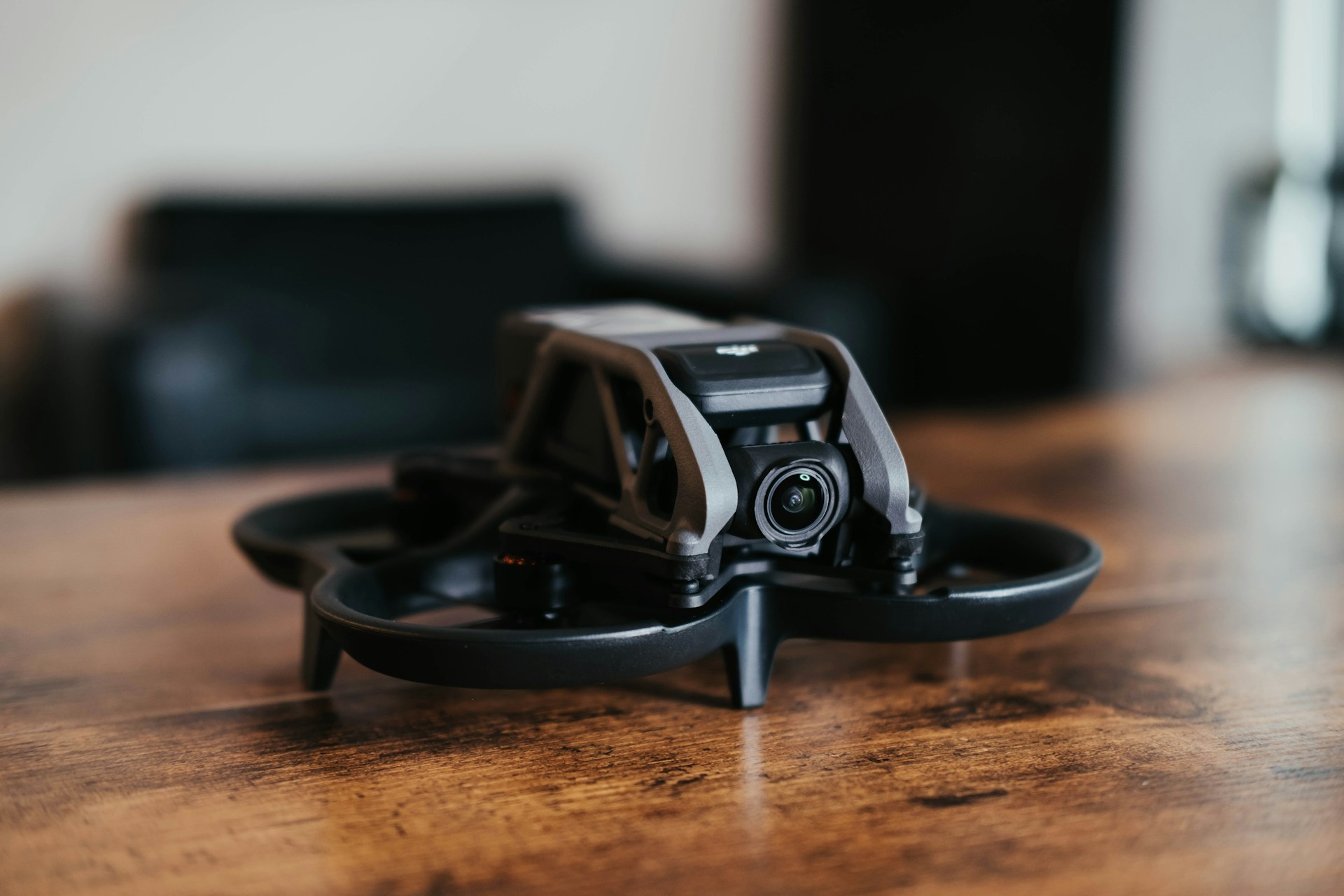
Recently , the way we order and receive food has undergone a dramatic transformation. The emergence of food delivery apps and services has made it more convenient than ever to have our favorite meals brought to our doorsteps. But the latest innovation in this industry takes convenience to new heights – quite literally. Food delivery drones are changing the game, offering quicker and more efficient delivery options. In this article, we will explore the world of food delivery drones, their benefits, challenges, and the potential they hold for the future.
The Rise of Food Shipment Drones
Food delivery drones represent the fusion of technology and the food industry. These unmanned aerial vehicles (UAVs) have the potential to revolutionize the way we think about food delivery. But how did we get here?
The idea of using drones for delivery isn’t entirely new. Companies like Amazon have been experimenting with the concept for several years, with the goal of speeding up package deliveries. However, the adaptation of this technology to the food industry has brought a fresh perspective on how drones can serve our daily needs.
Public Acceptance of Food Delivery Drones
Public acceptance of food delivery drones is a mixed bag. There’s definite interest in the potential benefits, but concerns linger too. Here’s a breakdown:
Pros:
- Convenience and Speed: People are drawn to the idea of faster deliveries, especially in urban areas where traffic congestion is a pain . Studies show a significant portion of the public would embrace drone delivery if it were priced competitively with traditional methods.
- Reduced Traffic and Emissions: Drone deliveries could take vehicles off the road, potentially easing traffic congestion and lowering pollution levels in cities.
Cons:
- Safety Concerns: The possibility of malfunctions or crashes causing injuries or property damage is a major worry for some people.
- Privacy Issues: The idea of drones buzzing around neighborhoods raises privacy concerns for some, who fear constant surveillance from the sky .
- Noise Pollution: A swarm of delivery drones could create unwanted noise, especially in residential areas.
Overall:
Public opinion seems to lean towards cautious optimism. People are intrigued by the potential benefits of drone delivery, but safety and privacy concerns need to be addressed. Studies suggest that transparent communication about regulations, noise reduction efforts, and clear data privacy practices can go a long way in boosting public acceptance.
As with any new technology, social acceptance will likely grow as people become more familiar with drone delivery and its regulations.
How Do Food-Delivery Drones Work?
Food delivery drones, like any other drone, operate through a combination of technologies. They use GPS for navigation and sensors to avoid obstacles during flight. Here’s a simplified version of how they work:
1. Order Placement: The process begins when a customer places an order through a mobile app or website. This order is then sent to a designated restaurant or food preparation facility.
2. Food Preparation: Once the order is received, the restaurant or kitchen prepares the food as they would for a regular takeout or delivery order.
3. Packing: The prepared food is carefully packed into a secure container that can be attached to the drone.
4. Takeoff: The drone, equipped with the packaged order, takes off from a designated launch site. This site is typically within a reasonable distance of the delivery location.
5. Navigation: The drone is programmed with the delivery location, and it uses GPS and other sensors to navigate to its destination. It continuously scans its surroundings to avoid obstacles like trees, buildings, and other drones.
6. Delivery: Upon arrival at the customer’s location, the drone gently lowers the package to the ground using a winch or other mechanisms, allowing the customer to retrieve their meal.
7. Return: The drone then returns to its home base, where it can be recharged and prepared for the next delivery.
The Benefits of Packed-food Delivery Drones
The use of food delivery drones brings several notable advantages to the table:
1. Speed: Drones are faster than traditional delivery methods. They can bypass traffic congestion, reducing delivery times significantly.
2. Reduced Costs: As drones become more common, the costs of operating them are expected to decrease, making them a cost-effective option for restaurants and delivery services.
3. Environmental Impact: Drones produce fewer emissions compared to delivery vehicles, making them a greener option.
4. Accessibility: Food delivery drones can reach remote or hard-to-access locations, making them ideal for rural areas and places with challenging terrain.
5. Contactless Delivery: In times of pandemics or other health crises, food delivery drones offer a contactless solution, reducing the risk of transmission.
6. Innovative Marketing: The use of drones for food delivery can be a unique marketing tool, attracting tech-savvy customers.
Challenges and Concerns
While food delivery drones offer exciting possibilities, there are challenges and concerns that need to be addressed:
1. Regulations: The use of drones for commercial purposes is subject to strict regulations in many countries. These regulations are in place to ensure safety, privacy, and security.
2. Weather: Drones can be affected by adverse weather conditions, such as strong winds, rain, or snow. These conditions can impact delivery times and safety.
3. Cost and Infrastructure: Developing and maintaining a drone delivery system can be expensive. It requires the establishment of appropriate infrastructure and technology.
4. Safety: Safety concerns include the risk of drones colliding with other aircraft, pedestrians, or property, which could result in accidents and damages.
5. Privacy: There are concerns about the potential invasion of privacy as drones fly over residential areas.
6. Job Displacement: Widespread adoption of this delivery drones could potentially lead to job displacement for delivery drivers.
The Future of meal Delivery Drones
Despite the challenges, the future meal delivery drones is promising. As technology advances and regulations evolve, the use of drones for food delivery is likely to become more common. Companies are continuously researching and testing drone technology to make it more reliable and efficient.
One exciting possibility is the development of autonomous drones that can navigate and make deliveries without human intervention. These drones could further reduce costs and increase the efficiency of food delivery services.
Furthermore, drone technology is also being explored in the context of medical supply deliveries, disaster relief, and agriculture. This shows the adaptability and versatility of drones beyond just food delivery.
In conclusion, food delivery drones represent a technological leap in the food industry. They offer numerous benefits, including speed, reduced costs, and environmental advantages. However, overcoming regulatory hurdles and addressing safety concerns will be crucial in realizing the full potential of this technology. With continued innovation and responsible implementation, food delivery drones may very well become a common sight in our daily lives, changing the way we think about food delivery.The future of food delivery is taking to the skies, and it’s an exciting journey filled with promise and possibilities.














